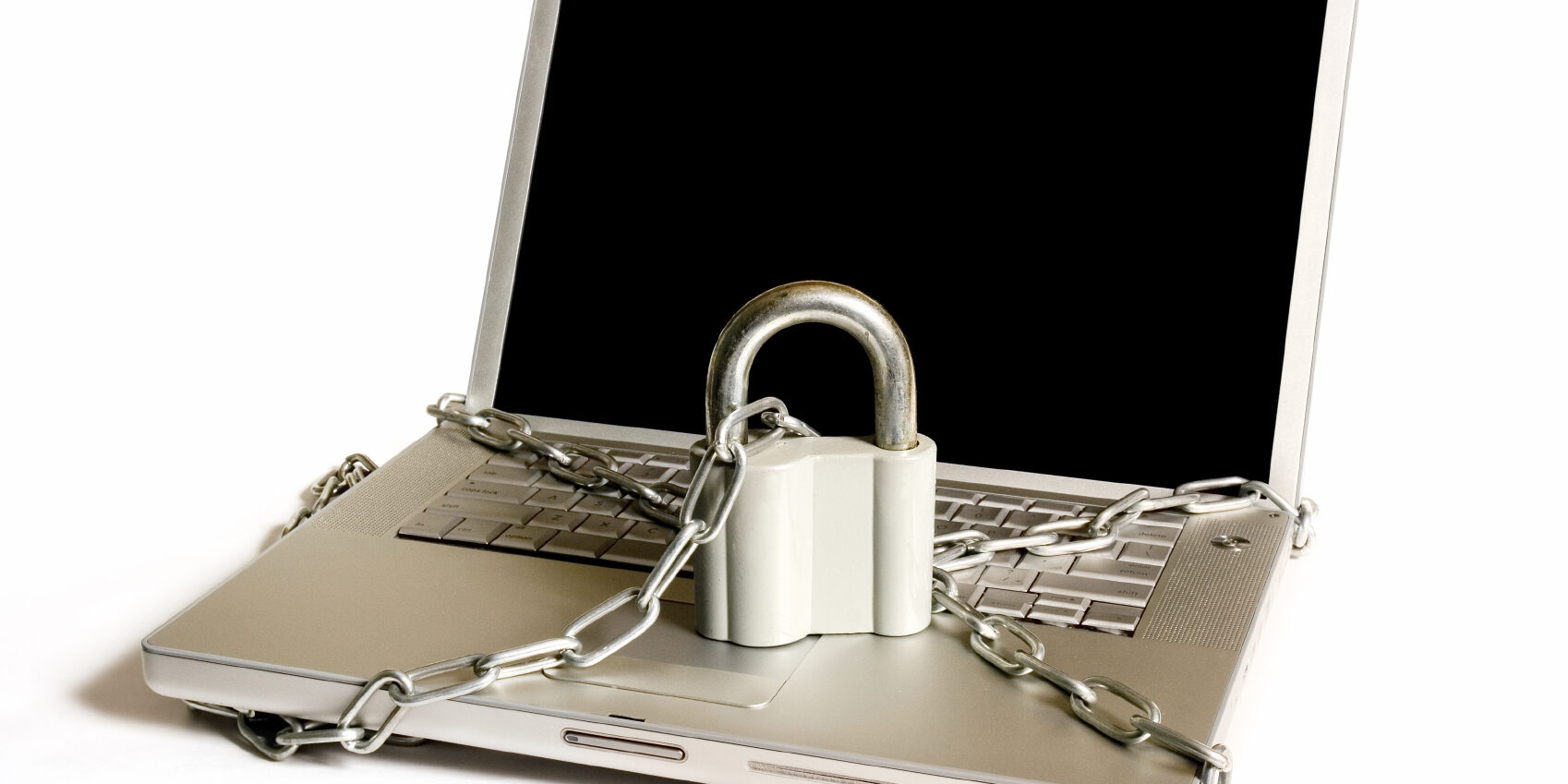Now, more than ever, people are using the Internet to handle their banking, credit cards and retirement accounts, as well as access their social security benefits and health-care plans. But with this increase comes more threats to the security of your accounts. In addition to spyware and viruses, poorly chosen passwords, user names and security questions can also make your accounts more hackable. Here are some simple tips to reduce your chances of being hacked:
User Names
Most importantly, create a user name that is hard to guess. Most people use their own name, which makes it extremely easy for anyone who knows you to attempt to crack your password and account.
Uncrackable Passwords
Build a password with at least 10 digits. This isn’t as hard as it seems; there are easy and fun ways to create a memorable password. For example, if your favorite movie is “It’s a Wonderful Life,” your password might be IAWL followed by your zip code. You could also set up your password using your favorite section of the tax code or bible verse – whatever will help you remember it.
Using Your Passwords
It helps to have different passwords for different accounts but you don’t need dozens. Use the most complex password for sensitive accounts, a different one for online retailers, and another for utilities, such as your cellphone and cable providers.
Security Questions
Although intended to increase the security of your accounts, security questions can actually make them easier to hack. For instance, if someone knows your mother’s maiden name or name of your first pet, they might be able to reset your password and access your account. Adding a prefix or suffix can help make the answers harder to guess.
Wireless Protection
It’s also important to make sure your wireless network at home is protected. Create a strong password to keep neighbors and anyone else from accessing your network and seeing what you’re doing on the Web.
For more information on how to increase the security of your online accounts, visit The Wall Street Journal.

